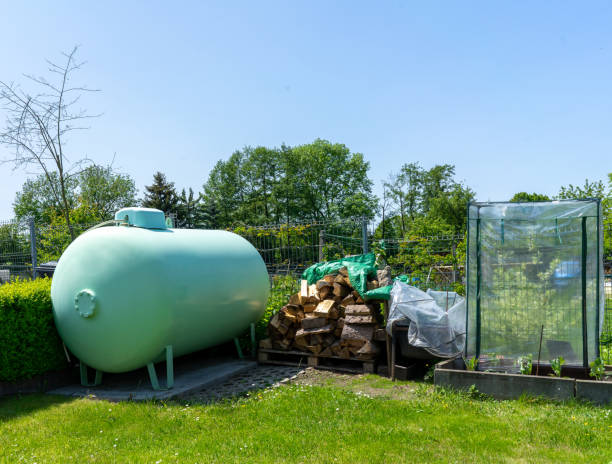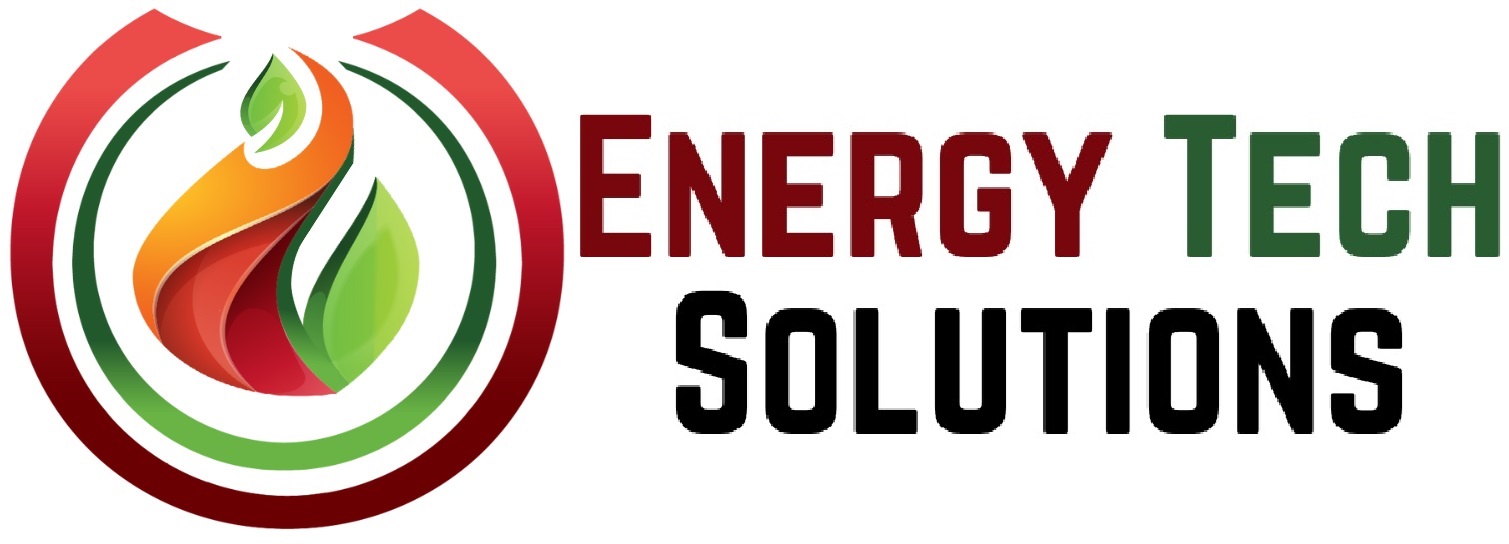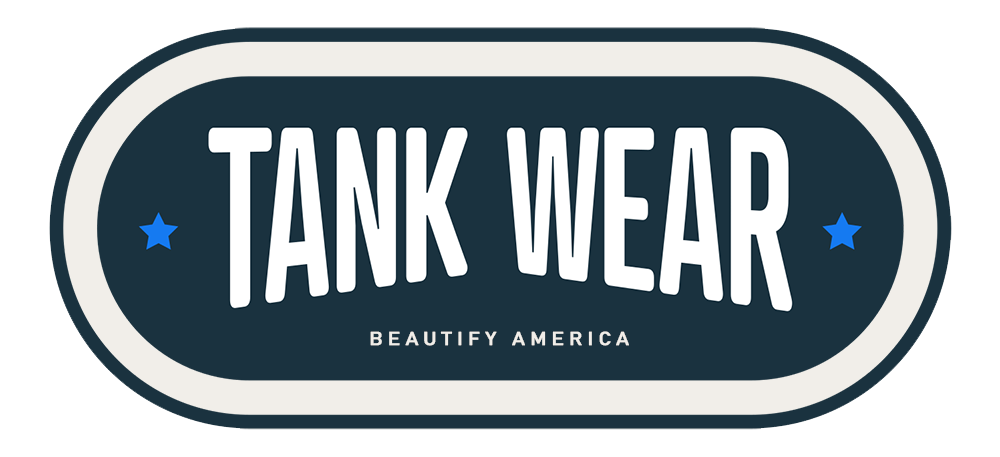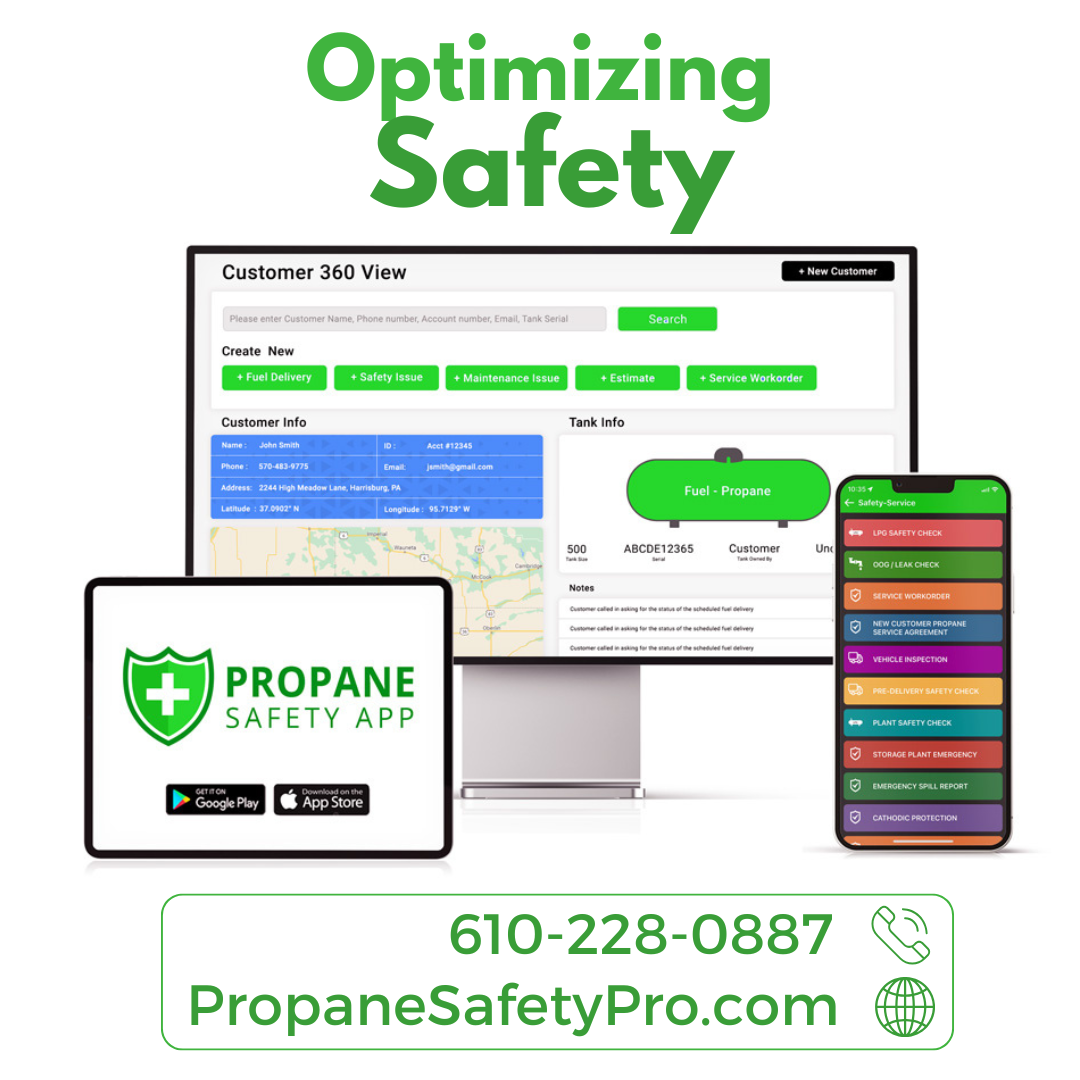Evolving with the Energy Shift: Propane Delivery’s New Path

Charting a Course Through Changing Energy Demands
The energy landscape continues to evolve, driven by the push towards sustainability, technological innovation, and changing consumer expectations. In this dynamic environment, propane delivery services would do well to adapt and embrace new practices and technologies in order to remain relevant and competitive. These strategies include:
Embracing Sustainability
Renewable Propane: With a growing emphasis on reducing carbon footprints, the propane industry is investing in developing and distributing renewable propane. This bio-based alternative offers a cleaner, more sustainable option that aligns with global environmental goals.
Efficiency Initiatives: Propane delivery companies are optimizing routes and improving tank monitoring to reduce emissions associated with delivery. Advanced logistics software and IoT devices ensure fuel is delivered efficiently, minimizing unnecessary travel.
Leveraging Technology
Digital Integration: Adopting digital platforms for order placement, scheduling, and payment streamlines operations and enhances customer convenience. Mobile apps and online portals offer users real-time access to their account information and delivery status.
Intelligent Monitoring Systems: IoT technology for tank level monitoring facilitates just-in-time deliveries, reducing the risk of runouts and allowing for better inventory management. Data collected can also inform predictive analytics, further refining delivery schedules.
Expanding Service Offerings
Energy Consultation Services: Propane delivery companies are offering consultation services, recognizing the desire for comprehensive energy solutions. These services help customers optimize their energy usage, integrate renewable energy sources, and improve energy efficiency.
Diversification: Beyond traditional residential heating, propane companies are expanding into commercial, agricultural, and industrial markets. Offering specialized propane applications, such as autogas for fleet vehicles or propane for power generation, captures new customer segments.
Fostering Customer Relationships
Educational Initiatives: Providing customers with information on energy efficiency, safety, and the benefits of propane versus other energy sources builds trust and loyalty. Workshops, webinars, and online resources can engage customers and position the company as a trusted energy advisor.
Community Engagement: Active participation in community events and initiatives demonstrates a commitment to the local area. Sponsorships, energy education programs, and support for local sustainability projects serve to enhance a company’s community presence and reputation.
Navigating Regulatory Changes
Compliance and Advocacy: Staying abreast of regulatory changes affecting the energy sector is crucial. Engaging in advocacy efforts, either independently or through industry associations, can help shape policies that support the growth and sustainability of the propane market.
Preparing for the Future
Investment in Research and Development: Committing resources to R&D enables propane delivery companies to explore innovative applications of propane, improve delivery technologies, and develop new services that meet evolving market needs.
Collaboration with Technology Providers: Partnerships with technology firms can lead to the development of advanced energy solutions that integrate propane with renewable energy systems, enhancing the value proposition of propane in a diversified energy portfolio.
A Dynamic Approach for Dynamic Times
As the energy industry grows in new directions, propane delivery businesses are not merely adapting; they are actively shaping their future. These companies are positioning themselves as vital players in the new energy paradigm by embracing sustainability, leveraging technology, expanding services, and fostering strong customer relationships. The path forward requires innovation, flexibility, and a commitment to meeting the changing needs of both consumers and the industry.










